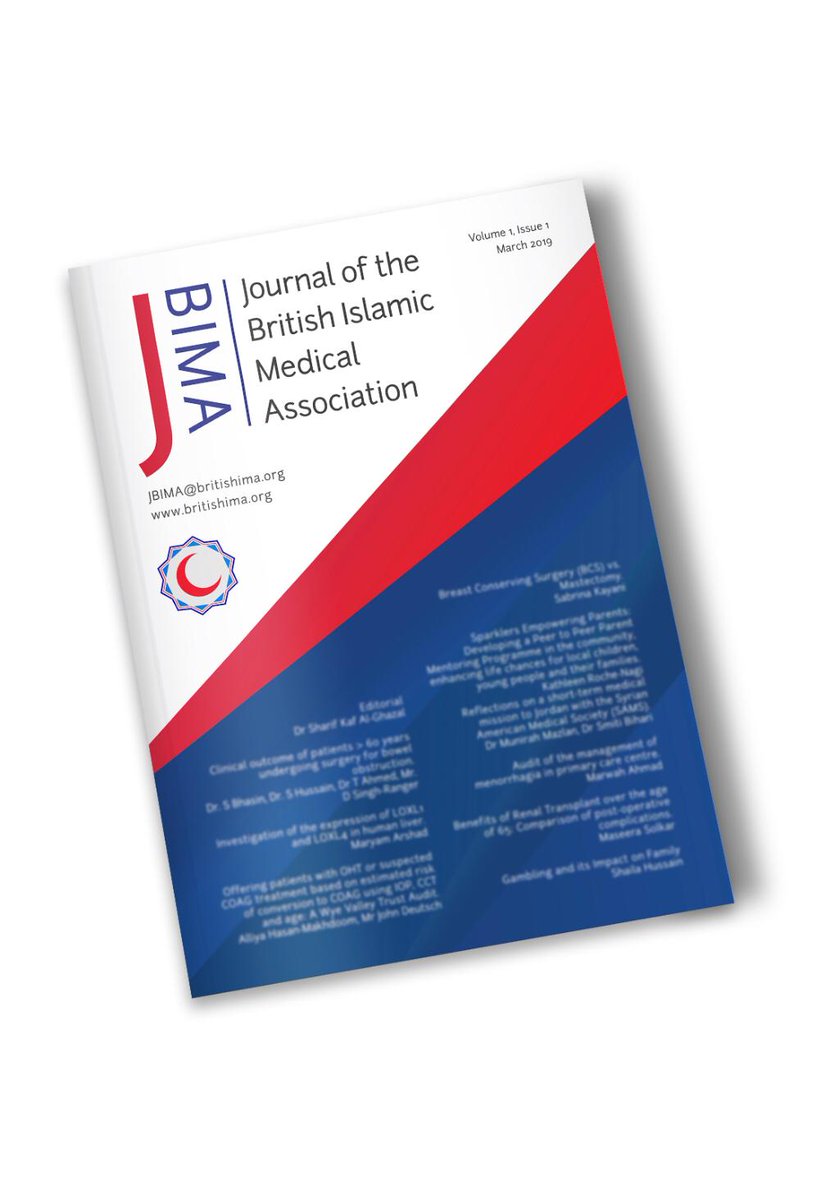
Aim:
To evaluate the practice of cautery for medical use in the light of Shari’a rules .
Method:
The history, evolution and current practice of cauterisation for medical purpose were examined. The principles of Islamic Jurisprudence and prophetic practices were reviewed. The decree (fatawa) of the Islamic Jurists were collected. The objectives of the use of cauterisation were analysed in the light of Islamic legal maxims.
Result:
There are few contradictory Ahadiths. The one where Prophet Muhammad has used cauterisation to stop bleeding from an injury1. In an another hadith he has mentioned that he would not prefer his followers to use cautery2 and the third hadith where those people have been praised who did not use the cautery3. Moreover, in those days people used to rely on this practice and well-known belief was that the “ultimate remedy is in the cautery”4.
The traditional practice of cautery with hot metal was well recognised before the invention of electricity and development of electrocautery equipment. This is a painful procedure often resulting in infection, scaring, sepsis and risk of deformity and death. However, the current common practice of cautery is termed “electrocautery” whereby high frequency electric energy is used to convert into heat energy in a control fashion to achieve the desirable effects which include cutting, coagulation, vaporization, desiccation, and fulguration.5 This is always performed under some type of anaesthesia either local, regional or under general anaesthetics. The objective is to make the surgical procedure safe and comfortable.
The preferred Islamic view point is that it is a permissible method of treatment, the way it has been used in the current surgical practice. Moreover, the faith must be on Allah who is the ultimate healer and not on the means like cautery.
Conclusion:
According to Islamic legal maxims, if the use of electrocautery for surgical procedure is necessary and is carried out to benefit patients in order to eliminate the harm of the disease, make life more comfortable and the benefits outweighs the risk of complication then there is no element of dislike in such practice.6
References:
- Abū Dā’ūd Sulaymān ibn al-Ash’ath al-Sijistānī. Sunan Abu Dāwūd, Book of Medicine, Chapter Regarding cauterization Hadith No. 3866o. In.
- Muhammad ibn Ismaʿil al-Bukhari. Sahih al-Bukhārī , Book of Medicine, Chapter: There is cure in three things, Hadith No. 5680o Title. In.
- Al-Bukhari M ibn I. Book of Medicine, Chapter: Whoever does not treat or get treated with a Ruqya, Hadith No. 5752No Title. In.
- Āminah Fitnat Missīkah Barr. waka’ almra’ahalhdhari fi thlalislam ,pp.213No Title. In.
- Shrestha MA, Ling Au-Yeung MK, Wales S. Doctors Academy. In: WJMER [Internet]. 2014 [cited 2020 Nov 30]. Available from: doctorsacademy.orgwww.wjmer.co.uk
- ’Ali ibn Sultan Muhammad al-Qari. Mirqat al-Mafatih, , Book of Medicine, 1st Chapter,pp.346/8.

